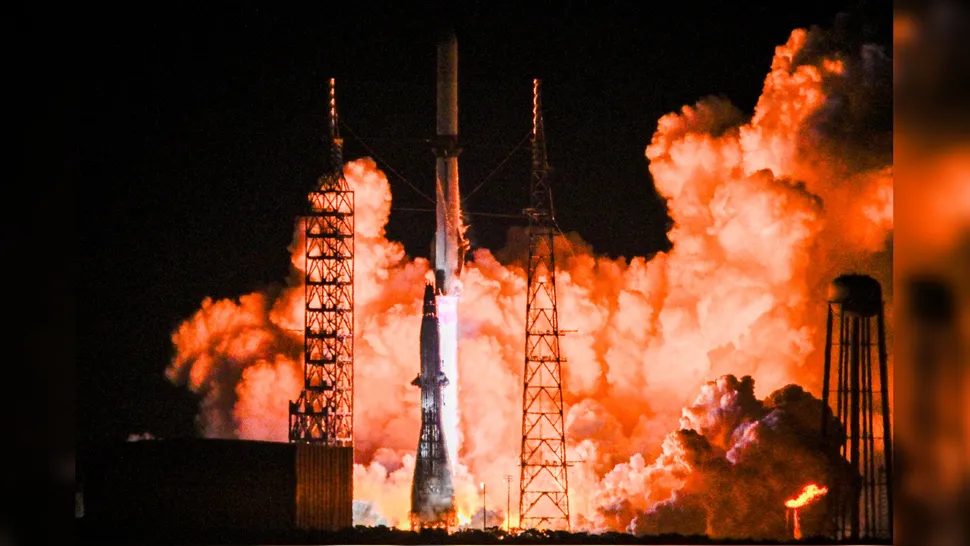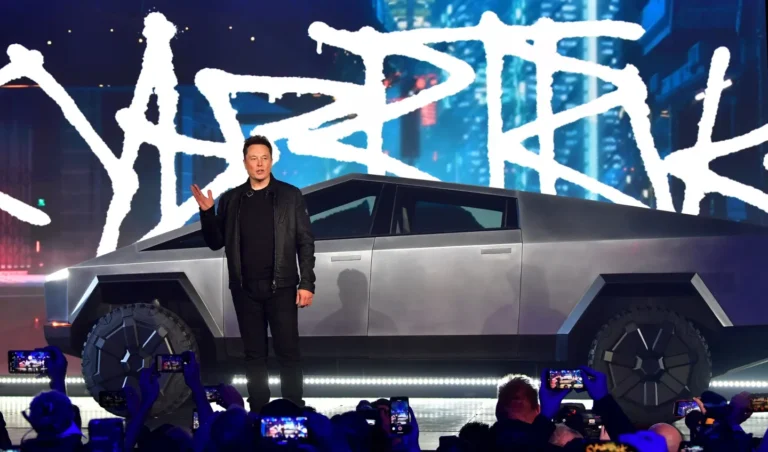Jeff Bezos Blue Origin New Glenn Achieves First Successful Launch
In a historic moment for space exploration, Blue Origin successfully launched its first New Glenn rocket early this morning (January 16) from Cape Canaveral Space Force Station in Florida. The launch, which took place at 2:03 a.m. EST (0703 GMT), marked a significant milestone for the private spaceflight company. Approximately 12.5 minutes after liftoff, the rocket’s upper stage reached orbit, achieving the primary objective of the mission, dubbed NG-1.
“We got to orbit safely,” declared Ariane Cornell, vice president of in-space systems at Blue Origin, during the company’s live launch webcast. “Congratulations, everybody. What a day!”
Mission Highlights and Challenges
The launch was not without its challenges. While the primary mission was a success, Blue Origin also attempted to land New Glenn’s reusable first stage on a ship in the Atlantic Ocean, nicknamed Jacklyn after Jeff Bezos’ mother. Although the booster initiated a reentry burn with three of its engines as planned, it ultimately did not achieve a successful landing.
“We didn’t have booster landing, but man, we got close,” Cornell remarked. “We collected so much data.”
Blue Origin had previously set expectations that a successful landing was a secondary objective and unlikely to be achieved on this maiden flight. The company emphasized the importance of data collection over the actual landing outcome.
The Journey to Launch
The New Glenn rocket, towering at 320 feet (98 meters), faced a prolonged journey to reach its launch pad. Initially slated for its first flight in 2020, development delays, particularly with the BE-4 first-stage engines, pushed the timeline significantly. Additional delays occurred in the lead-up to the January 16 launch. Originally planned for January 10, the launch was postponed due to rough seas in the anticipated booster landing zone. A subsequent attempt on January 13 was also scrubbed due to ice buildup in one of the rocket’s power units, with the final successful attempt occurring this morning.
Significance and Future Prospects
New Glenn’s successful launch is a major step for Blue Origin, particularly as it positions itself to compete with SpaceX’s Falcon 9, the first orbital-class reusable rocket. Blue Origin aims for each New Glenn booster to be reusable for at least 25 missions. The rocket has already attracted a diverse range of customers, including NASA, U.S. government agencies, AST SpaceMobile, and various telecommunications companies.
Notably, New Glenn is also set to play a key role in launching Amazon’s Project Kuiper broadband internet satellites, potentially rivaling SpaceX’s Starlink constellation. This dual connection to Bezos, founder of both Blue Origin and Amazon, highlights the strategic importance of New Glenn’s success for these interconnected ventures.
Technical Specifications and Payload
Capable of carrying 50 tons (45 metric tons) of payload to low Earth orbit (LEO), New Glenn stands as a powerful addition to Blue Origin’s fleet. Although it falls slightly short of SpaceX’s Falcon Heavy, which can lift around 70 tons (64 metric tons) to LEO, New Glenn’s reusability and design offer competitive advantages.
The NG-1 mission was initially planned to launch NASA’s twin ESCAPADE Mars probes. However, NASA opted to delay the mission until New Glenn demonstrated flight reliability. Instead, the mission carried a test version of Blue Origin’s “Blue Ring” spacecraft.
Blue Ring Pathfinder and Future Missions
The Blue Ring Pathfinder, flown on NG-1, is designed to validate various systems, including communications, in-space data collection, tracking, and command, while attached to New Glenn’s second stage. This data collection phase is expected to last approximately six hours, providing critical insights for the development of the production version of the spacecraft.
Blue Ring is being developed under the Defense Innovation Unit’s (DIU) Orbital Logistics Program. The spacecraft aims to serve as a “heavy utility multi-orbit logistics vehicle,” providing cost-effective and responsive access to geostationary and other non-LEO orbits.
Future iterations of Blue Ring will be capable of carrying up to 6,600 pounds (3,000 kilograms) across multiple payload adapters, supporting missions to geostationary orbit, cislunar orbit, and even interplanetary destinations.
A New Era for Blue Origin
Today’s successful launch marks the dawn of a new era for Blue Origin. With New Glenn’s debut, the company has proven its capability to develop and deploy a powerful orbital-class rocket, setting the stage for future missions and expansions in space exploration.
“The next era of spaceflight at Blue Origin is upon us,” Cornell concluded. “We look forward to seeing you soon on our next launch. We’re just getting started.”
This milestone not only underscores Blue Origin’s growing presence in the space industry but also sets a foundation for its ambitious plans in orbital logistics.






